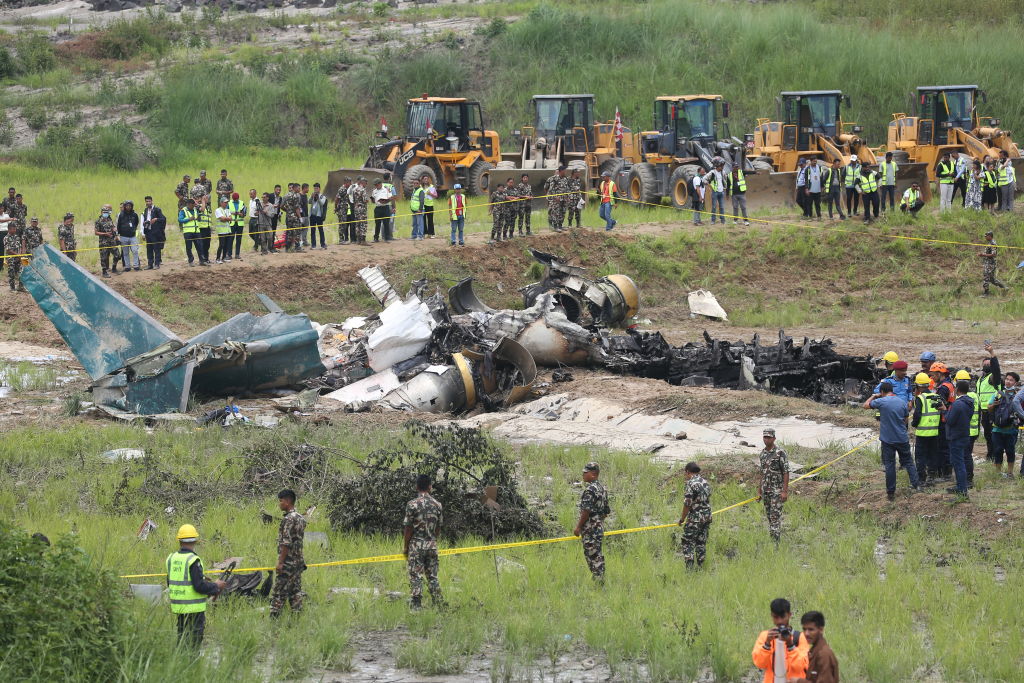Eighteen people were killed in Nepal when a small passenger plane crashed while taking off from the main airport in the capital Kathmandu, drawing attention once again to the Himalayan nation’s poor record on air safety.
Here is a look at why Nepal, where more than 360 have died in airplane or helicopter crashes since 2000, is particularly susceptible.
TERRAIN
Wedged between India and China, landlocked Nepal is home to eight of the world’s 14 highest peaks, and its planes often have to service small airports nestled in remote hills or near peaks blanketed in clouds.
Apart from the physical obstructions, the terrain can also experience sudden weather changes that affect wind speeds and intensity, making navigation tricky.
In a 2023 safety report, the Civil Aviation Authority of Nepal (CAAN) said collision with terrain or another obstacle was the main risk, accounting for 93% of deaths in air accidents in the prior decade.
TABLETOP RUNWAYS
Because of Nepal’s scarcity of flat terrain, several areas have tabletop runways, built by excavating peaks to create a flat surface.
These have sheer drops at one or both ends, calling for greater skill in landing aircraft but also leading to massive injuries or fatalities if pilots overshoot on the approach.
AGEING FLEET
Among the world’s poorer countries, Nepal has not invested sufficiently in upgrading or maintaining its planes.
Many are ageing, so that they lack some features and facilities common elsewhere, and tend to be poorly maintained, making mishaps more likely.
This is partly why the European Union, citing “safety concerns”, banned air carriers certified in Nepal in 2013.
In its latest safety review in 2023, however, the EU recognised the aviation regulator’s “proactive engagement” and efforts to boost oversight.
CREW MANAGEMENT AND TRAINING
Experts have called for better training for pilots in Nepal, with some crashes attributed to poor decision making.
Nepal’s worst crash in three decades killed 72 people in January 2023 and was blamed, for example, on the pilot’s lack of awareness of standard operating procedures leading him to mistakenly cut the power to the plane, causing its crash.
This was the only fatal accident globally last year, snapping a years-long trend of positive safety in the Asia-Pacific region, the International Air Transport Association said in a report.
REGULATION AND OVERSIGHT
Aviation services and regulation are handled by separate agencies in most countries, but in Nepal, regulator CAAN both regulates airlines and manages airports.
Experts say this is a conflict of interest as the regulator polices its own operations, adding that it has led to corruption and mismanagement.
CAAN denies this contention, saying there is no direct link between the units functioning under one organisation.
(Reuters)














